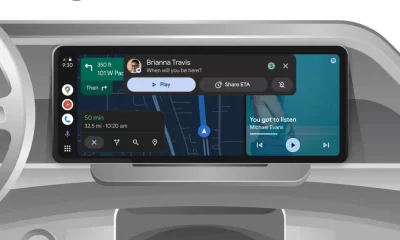YouTube Music adds AI radio to iPhone and Gemini Live gets a smaller look before Astra arrives
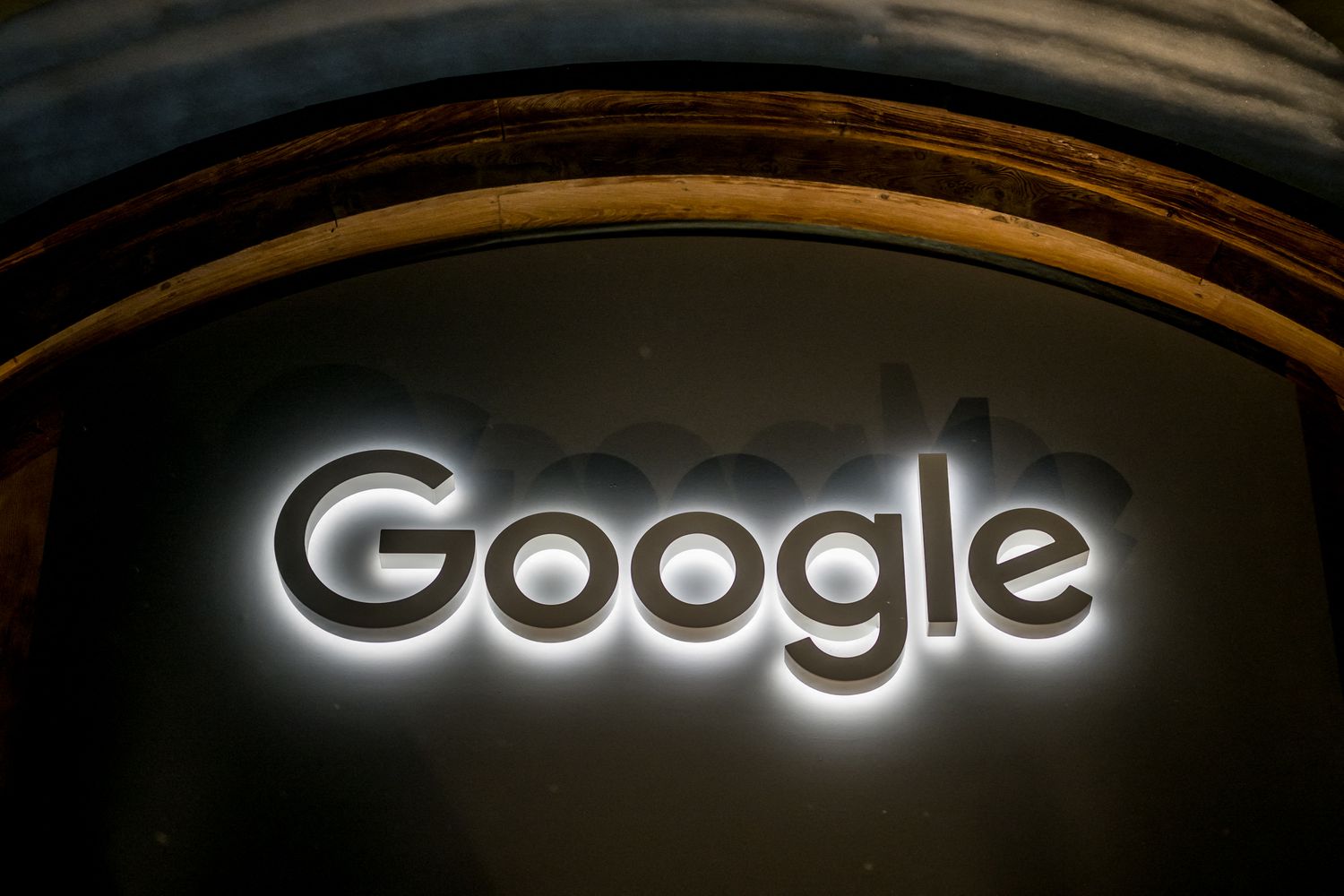
YouTube Music has brought its cool AI-powered “Ask Music” radio feature to iPhone and iPad users after starting on Android last September. Once it’s ready for you, check the Home tab. Near the top, you’ll find an “Ask for music” section. It shows a list of 10 ideas you can tap to instantly create a personalized radio station. There’s also a spot called “Ask any way you like” where you can type or say what mood, activity, or vibe you want to hear. Short or long ideas both work fine, according to YouTube’s examples.
After you pick something, YouTube Music takes a moment to build your AI radio. You’ll see the first three songs pop up, and it starts playing right away. You can save it with “Add to library,” and it even comes with a short, fun description. This adds to the Music Tuner tool, where you choose artists and tweak settings like variety and discovery. Find it in the Library tab under the “New” button, then hit “Radio.” You’ll need a YouTube Music or Music Premium account to use Ask Music. It’s live in the US, Canada, New Zealand, and Australia as of December, with the latest iOS update (version 8.10+).
Meanwhile, Gemini Live on Android is getting a smaller, simpler design before Astra’s video and screen-sharing features launch later this month. The big “Hold” and “End” buttons are now tiny pill shapes, cut to half their old size. They sit in the middle for now but will shift right when the new video icons arrive. Google also ditched the button labels, freeing up space at the top for things like “Talk Live with” and Astra’s video. This fresh look is showing up in the Google app beta (version 16.10) on Android.
No word yet on Astra hitting Gemini Live for iPhone. In other news, Google says Deep Research is fully available on mobile now and has doubled free monthly reports for Gemini users. Plus, the new 2.0 Flash Thinking model is faster, connects to apps, and lets you upload files. Personalization is rolling out more widely too, though not everyone has free Gems access yet.
Android
Google updates Gboard emoji kitchen and Android Auto with new features
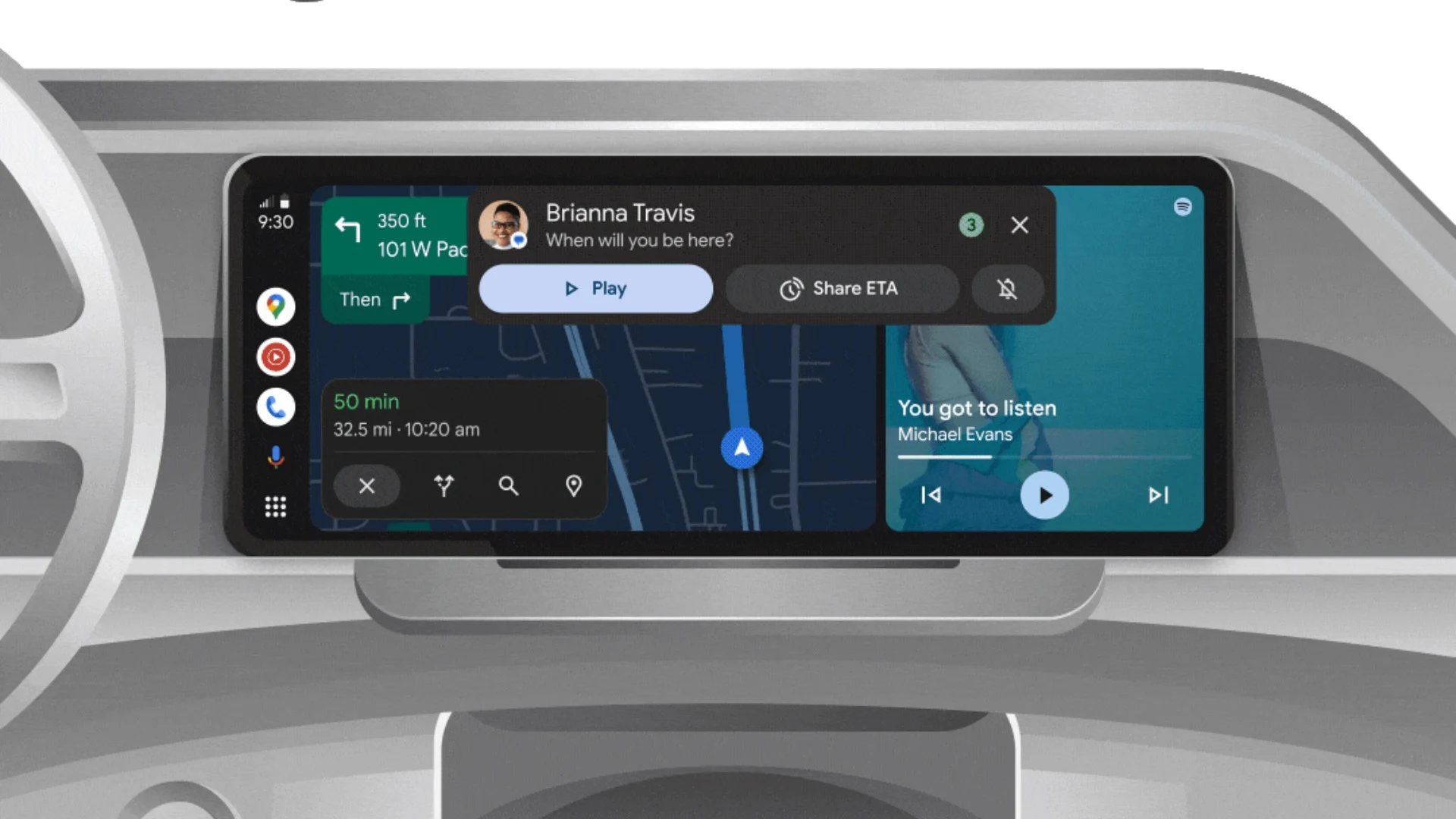
Google is bringing some fresh updates to make Gboard and Android Auto even better.
Starting with Gboard, the Emoji Kitchen now has a new “Browse” section. This makes it easier for users to find different emoji sticker combos. You can tap on any emoji and instantly see all the creative mixes available. Plus, there’s a search bar to help you look for specific stickers. This new feature is rolling out first to Pixel devices, with other Android phones expected to get it in the coming months.
On the other hand, Android Auto is now getting the 14.3 beta update. Although there are no big changes yet, this version mainly focuses on fixing bugs and improving performance. Testers have noticed slight speed improvements, but no new features have been spotted so far. Google might be preparing for bigger changes in future updates.
Both these updates show that Google is working hard to make its apps smoother and easier to use. Gboard’s new browsing tool will make messaging more fun, while Android Auto’s small fixes are important for a better driving experience.
If you have a Pixel phone or are part of the Android Auto beta program, you might already see these updates. Otherwise, they should be available to more users soon.
Android
Android’s Find My Device speeds up with UWB coming soon
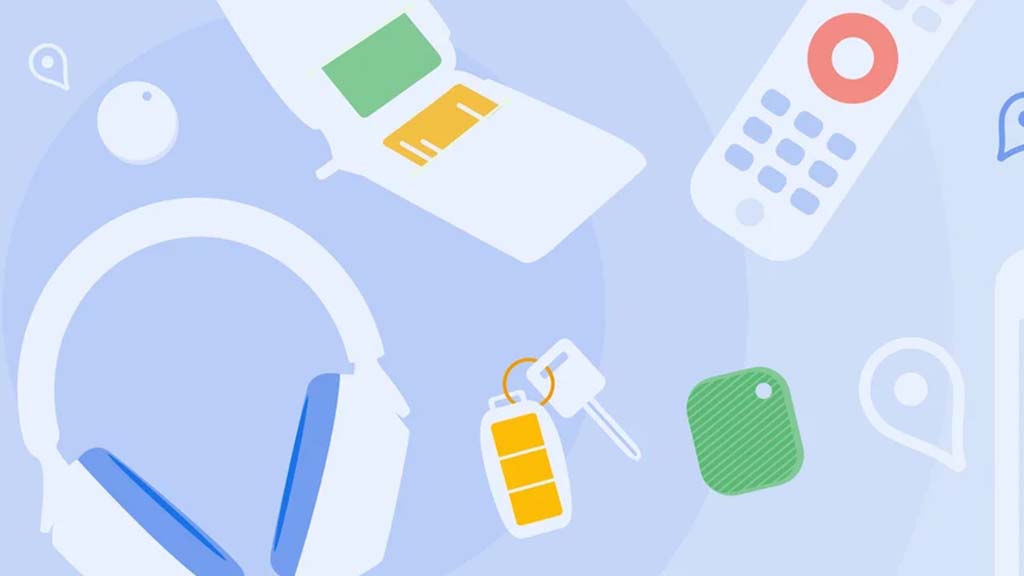
Google’s Find My Device network for Android has gotten a big boost, making it much quicker to locate misplaced items. Recent checks show it’s now four times faster than it used to be, keeping up with Apple’s AirTags in crowded spots like malls or events. For instance, at CES 2025, a tracker tucked in a bag updated its location just as fast as an AirTag nearby. This speed-up is thanks to more Android users turning on tracking for all locations, not only busy areas, which helps the system spot items more reliably.
In less crowded places, the network can still have trouble since fewer Android phones are nearby to share location signals. But Google’s working on this by nudging users through app alerts to enable tracking in quieter spots. Plus, recent updates to tracker software and apps have made connections more stable and accurate.
Looking ahead, Google’s gearing up to roll out ultra-wideband (UWB) technology. This will let you find items with pinpoint accuracy, even within a room, using cool augmented reality (AR) visuals, much like Apple’s setup. The Moto Tag, a tracker ready for UWB, is already available, just waiting for Google to activate this feature. Not all Android phones support UWB yet, but future models like the Pixel 10 might include it. These changes prove Google’s determined to make its Find My Device network a top choice for tracking lost stuff.
Gmail and Google Photos get new design and useful updates
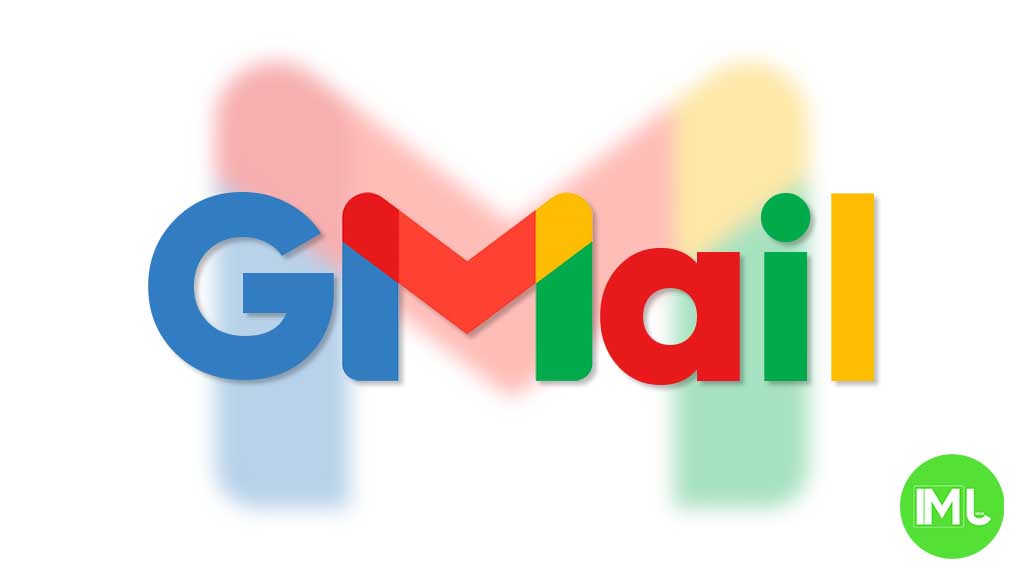
Google is giving Gmail and Google Photos some fresh updates to make things easier and more user-friendly.
First, Gmail on the web is now getting a new layout option. You can choose between “Cozy,” “Comfortable,” or “Compact” views based on how much space you want between your emails. Google is also adding a setting to control whether your inbox and labels stay on screen or only show up when needed. These changes make it easier to personalize how Gmail looks and feels.
Meanwhile, Gmail for iPhone is getting a visual upgrade. The app now uses Google’s updated design style called “Material 3.” You’ll notice a cleaner look with a rounded search bar at the top, smoother icons, and better spacing. Although the bottom bar and buttons look mostly the same, the overall design feels more modern and easier on the eyes.
Lastly, Google Photos is bringing back a helpful feature. The classic search shortcut that appears in the bottom bar is returning, making it quicker to find your photos. Before this, the shortcut had been removed when Google added the new “Memories” tab. Now, both features work together, letting you browse memories and search with ease.
These updates aim to make Google’s apps feel more useful, clean, and easier to use on both desktop and mobile.
-

 Apps1 year ago
Apps1 year agoGboard Proofread feature will support selected text
-

 News1 year ago
News1 year agoSamsung USA crafting One UI 6.1.1
-

 News1 year ago
News1 year agoBreaking: Samsung Galaxy S22 may get Galaxy AI features
-

 News1 year ago
News1 year agoSamsung Galaxy S23 Ultra with One UI 6.1 and all S24 AI features revealed
-

 News1 year ago
News1 year agoOne UI 6.1 Auracast (Bluetooth LE Audio) feature coming to many Samsung phones
-

 News1 year ago
News1 year agoSatellite SOS feature coming to Google Pixel phones, evidence leaked
-

 Apps11 months ago
Apps11 months agoGoogle’s fancy new Weather app is finally available for more Android phones
-

 News1 year ago
News1 year agoGoogle Pixel evolves as Europe’s third best selling flagship

